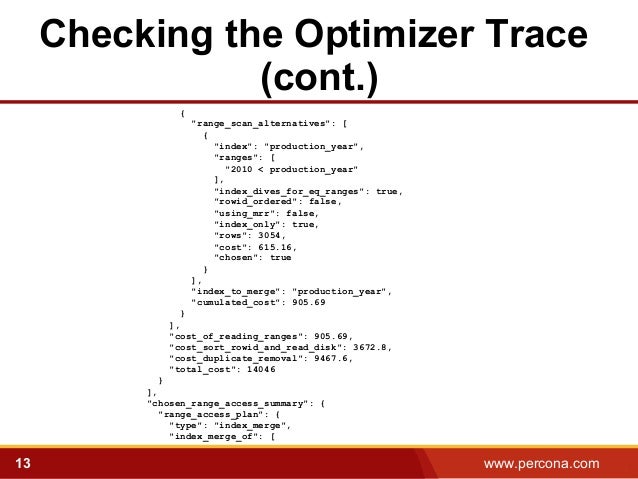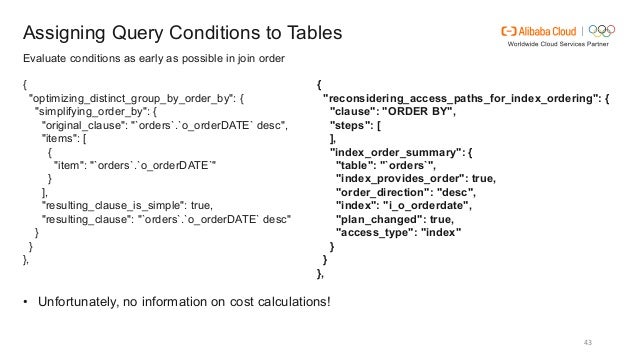
You can modify this parameter at the DB cluster level in Aurora MySQL versions 2 and 3. In Aurora MySQL version 3, this parameter doesn't apply for users who have theĬONNECTION_ADMIN privilege. To avoid connection failures, for example: The command to be run by the server for each client that connects. Modifiable only at the cluster level in Aurora MySQL version 3. Indicates the status of the Event Scheduler. Modifiable in Aurora MySQL version 2 and higher. This parameter applies to Aurora MySQL version 3.įor more information, see Replication between Aurora and MySQL or between Aurora and another Aurora DBīinlog_transaction_compression_level_zstdīinlog_transaction_dependency_history_sizeĪurora MySQL clusters use the InnoDB storage engine for all of your data. This is different from theĮxplicit setting of NONE, which turns off the checksum. In thatĬase, Aurora MySQL uses the engine default value, which is CRC32. The AWS CLI and RDS API report a value of None if this parameter isn't set. For more information, see Setting up enhanced binlog. You can turn off this parameter only when Set the value of this parameter to 0 to turn on the enhanced binlog inĪurora MySQL version 3.03.1 and higher. In Aurora MySQL version 3, the IAM role specified for thisįor more information, see Associating an IAM role with an This parameter is used if an IAM role isn't specified forĪurora_select_into_s3_role for the appropriate In Aurora MySQL version 2, the IAM role specified in INTO OUTFILE S3 statement from your DB cluster. Used when invoking the LOAD DATA FROM S3, LOAD XML FROM S3, or SELECT Currently not available in Aurora MySQL versionįor more information, see Invoking a Lambda function from an Amazon Aurora MySQL DB When set to 0, passwords are logged as hashįor more information, see Saving data from an Amazon Aurora MySQL DB cluster into text files in an Amazon S3īucket.
#Understand mysql optimizer trace password
Use this setting to mask Aurora MySQL password hashes in the slow query and audit logs. This setting is turned on by default in Aurora MySQL 2.11 and higher. Currently not available in Aurora MySQL version For more information, seeįor more information, see Loading data into an Amazon Aurora MySQL DB cluster from Set the value of this parameter to 1 to turn on the enhanced binlog in Aurora MySQL version 3.03.1 and higher.

For more information, see Zero-downtime restart (ZDR) for Amazon Aurora MySQL. This setting is turned on by default in Aurora MySQL 2.10 and higher. Setting is available in Aurora MySQL version 3, but it isn't used. For more information, see Working with parallel query for Amazon Aurora MySQL.įor more information, see Performance considerations for Amazon Aurora MySQL replication.

Set this parameter to ON to turn off hash join optimization in Aurora MySQL version 2.09 or Removed from Aurora MySQL version 3.Īurora_binlog_replication_max_yield_seconds Replication, see Replication between Aurora and MySQL or between Aurora and another Aurora DBĬluster (binary log replication). Only affects clusters that use binary log (binlog) replication. You can use the describe-db-parameters CLI command to view instance-level For example, youĬan use the describe-db-cluster-parameters AWS CLIĬommand to view cluster-level parameters in a DB cluster parameter group. You can view both cluster-level and instance-level parameters in the console, or by using the CLI or RDS API. Parameters in a DB parameter group for a DB instance in a DB cluster. You can use the modify-db-parameter-group CLI command to manage instance-level Manage cluster-level parameters in a DB cluster parameter group. For example, you can use the modify-db-cluster-parameter-group CLI command to Separate commands for managing cluster-level parameters and instance-level parameters.

You can manage both cluster-level and instance-level parameters using the AWS Management Console, the AWS CLI, or the Amazon RDS API. Parameter group for an instance in an Aurora DB cluster.

You can't find cluster-level parameters in the DB MySQL database engine parameters at the cluster level, and you manage these parameters Each DB instance in an Aurora MySQL DBĬluster is compatible with the MySQL database engine. Instance-level parameters, use DB parameter groups. To manage cluster-level parameters, use DB cluster parameter groups. Parameters apply only to a particular DB instance in the DB cluster. Amazon Aurora differs from other DB engines in that you have a DB cluster that contains multiple DB instances.Īs a result, some of the parameters that you use to manage your Aurora MySQL DB cluster apply to the entire cluster. You manage your Amazon Aurora MySQL DB cluster in the same way that you manage other Amazon RDS DB instances, by using parameters in aĭB parameter group.


 0 kommentar(er)
0 kommentar(er)
